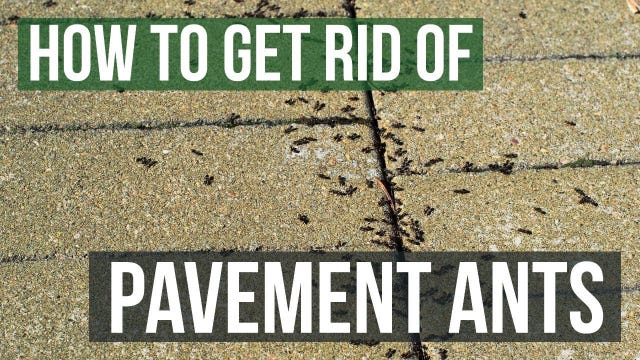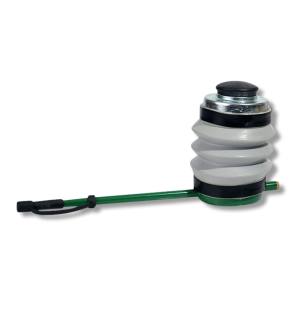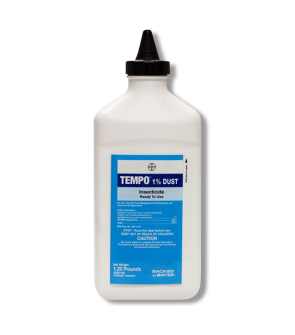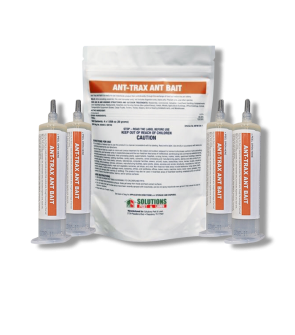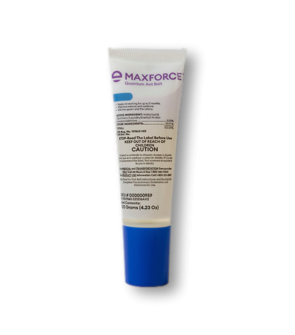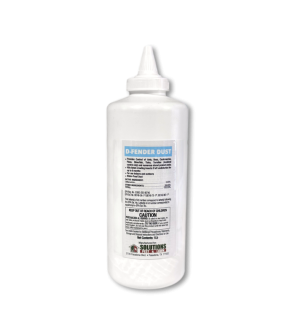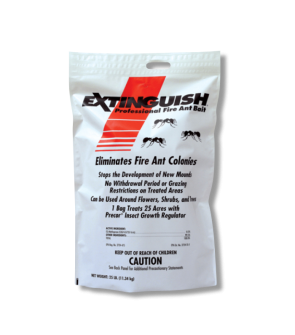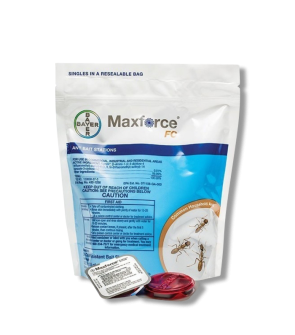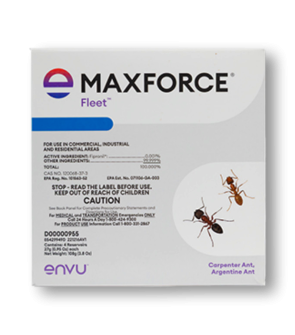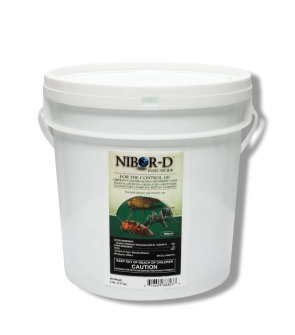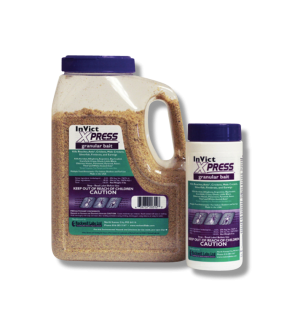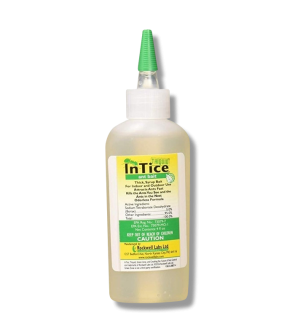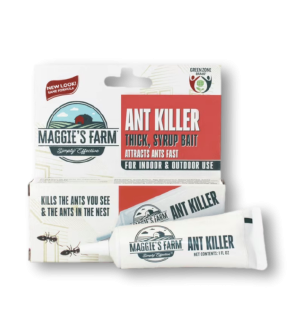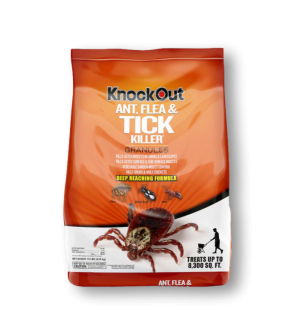Gain access to personalized product screening, the best pricing, rewards, and more!
Most Effective Products
Pavement Ant Control: How To Get Rid of Pavement Ants
This page is a Pavement Ant control guide. By using the products and methods suggested you will get control of Pavement Ants. Follow this guide and use the recommended products and we guarantee 100% control of Pavement Ants.
If you live in an urban area, one of the most common ants you will encounter are Pavement Ant. As their name suggests, these ants live and nest around pavement and concrete. Large colonies can be found in the cracks and crevices of asphalt. Pavement Ants don’t reserve themselves to just staying put as they are known to invade buildings and nest indoors as well where they can be a troublesome insect for people.
The diet of a pavement ant consists of grease, oil, small insects and sweet-tasting foods. The workers also feed honeydew and secretions from aphids. When foraging for food, they can easily invade homes by crawling through points of entry from the outside. It can be frustrating to control Pavement Ants because their nests are in cracks and crevices in sidewalks and driveways that are difficult to reach.
If your property has become invaded by Pavement Ants, Solutions Pest and Lawn can equip you with the professional-grade products and knowledge to eliminate the infestation yourself. Read on below for a helpful guide featuring recommended products and the expert techniques to tackle these troublesome insects.
Identification

Before you can carry out the right treatment method, you need to make sure you're dealing with Pavement Ants. Misidentifying Pavement Ants can lead to using the wrong treatment methods, which can lead to a waste of money and time. Below you can find the common characteristics of Pavement Ants so you know what they look like for easy identification.
- Pavement ants can often be confused with little black ants due to having a similar appearance and color, however, they could also be light brown with lighter legs and antennae.
- The way to differentiate between the two is their size as pavement ants are slightly bigger at about an 1/8th of an inch long, with grooved parallel lines on head and thorax.
- Like the little black ant, they also have 12-segmented antennae with a three-segmented club.
- As their name suggests they are usually found close to the cracks of the pavement. They can also be found near sidewalks, driveways, patios, and cracks in the foundation walls.
Use the description and image above to help you to properly identify Pavement Ants. If you are not totally sure, contact us and we will try to help you with proper identification.
Inspection

Once you have confirmed that you are dealing with Pavement Ants, you will need to perform an inspection to find out where Pavement Ants are infesting. During the inspection, you will focus on finding "hotspots" where Pavement Ants are located and also try to locate their nest.
Where To Inspect
Begin your inspection outdoors. Search in cracks and crevices in driveways, sidewalks, and curbs. In the yard inspect under landscaping rocks, logs, bricks, woodpiles, leaf litter, and general yard debris. Also, check alongside the foundation of your structure. Indoors they can be found near wall voids, and most commonly under floors where carpets meet baseboards.
What To Look For
You're looking for the Pavement Ants themselves and their anthills. Their anthills look like small volcanoes with a dirt crater and are typically found near sidewalks, curbs, and driveways. Inspect in all the areas mentioned above looking for their foraging trails and their colonies or anthills. Once you have confirmed Pavement Ant activity in the areas mentioned above you are ready to apply treatment products.
Treatment
Once you have confirmed Pavement Ant activity it is time to begin treatment. Remember to read all product labels and follow the application instructions on these labels and stay safe by wearing personal protective equipment (PPE).
To treat for Pavement Ants we recommend an outdoor treatment of Supreme IT Insecticide, treating points of entry and void with D-Fender Dust and performing indoor baiting with Ant-Trax Ant Bait.
Step 1 - Outdoor Treatment with Supreme IT
Supreme IT is powerful insecticide that targets more than 75+ insect pests, and it is perfect to use as perimeter or barrier treatment around the perimeter of your structure because it delivers a quick knockdown with repellent properties. It also has a residual or long term-effects that will last up to 90 days.
Determine how much Supreme IT you will need to apply be calculating the square footage of the treatment area. To do this, measure and multiply the area length times the width (length x width = square footage). Mix 0.5 to 1.0 oz. of Supreme IT per gallon of water inside a pump sprayer. This application rate will treat 1,000 square feet. Perform a spot treatment of areas where you have seen ant activity such as any visible ant nests, on pavement, sidewalks, driveways, patios, and landscape beds.
To do a perimeter barrier to keep ants from coming into your home, spray 3 feet up and 3 feet out from the foundation of your property. Spray all around the perimeter of your structure in this manner, while also spraying door frames, window frames, eaves, soffits, garage doors, rain gutters, electrical/plumbing penetrations, and cracks and crevices. Keep people and pets away from treated areas until the product has dried.
Step 2 - Indoor Treatment with Ant-Trax Ant Bait
Ant-Trax is an attractive ant bait product that comes in a convenient syringe for easy application to treat indoor intruding Pavement Ants. Ants will not be able to resist the formula and will take the bait back to their nest to share with the colony, leading to the entire population being poisoned by the bait.
To apply Ant-Trax, simply press down on the plunger. Apply a pea-sized drop in areas with high ant activity. Separate each placement by at least one foot. Apply in countertops, near window frames, near cracks and crevices, near baseboards, and close to appliances, and wherever you have noticed Pavement Ant activity.
Do not kill the ants or use cleaning supplies in the areas where Ant-Trax is applied. The point is to let the ants create foraging trails around the bait to allow them to carry it back to the nest. Allow for 7 to 10 days to go by and let the ants feed undisturbed in the areas where you applied Ant-Trax.
Step 3 - Treat Voids and Points of Entry With D-Fender Dust
For an added measure of protection and control, use D-Fender Dust around your home to put a stop to them creeping into entry points. D-Fender Dust is an insecticidal dust that can be used in hard to reach areas like cracks and crevices and along baseboards. It also has a residual of up to 8 months.
To use D-Fender Dust you will need a hand held duster. Apply the product by first filling up the duster with D-Fender Dust. Leave half the container of the duster empty to allow air to circulate inside. Apply by squeezing in the duster in hard to reach areas, like under sinks (where plumbing penetrates walls), along baseboards, in cracks and crevices, and even into points of entry inside and outside the home.
Prevention
After you have eliminated Pavement Ants, prevent them from returning by eliminating easy access to food sources and having a regular cleaning schedule. Here are some preventative measures we suggest:
- Wipe countertops, sweep, vacuum, and clean up any crumbs or spills that develop. Fix moisture issues around the home like leaky faucets and faulty plumbing.
- Remove yard debris like logs, rocks, bricks, woodpiles, leaf litter and general clutter that could create harborage areas for Pavement ants.
- Spray Supreme IT every 90 days around the perimeter of your property to keep ants and other insects away from your property.
Key Takeaways
What are Pavement Ants?
- Pavement Ants are a species of ant that nests under concrete and asphalt and commonly invades homes looking for food.
How to Get Rid of Pavement Ants
- We recommend treating Pavement Ant infestations with a combination of indoor (Ant-Trax Ant Bait and D-Fender Dust) and outdoor (Supreme IT) treatment products.
Preventing Pavement Ant Reinfestation
- Prevent a reinfestation of Pavement Ants by reducing moisture, practicing good sanitation and exclusion measures and conducting preventative treatments of Supreme IT Insecticide






